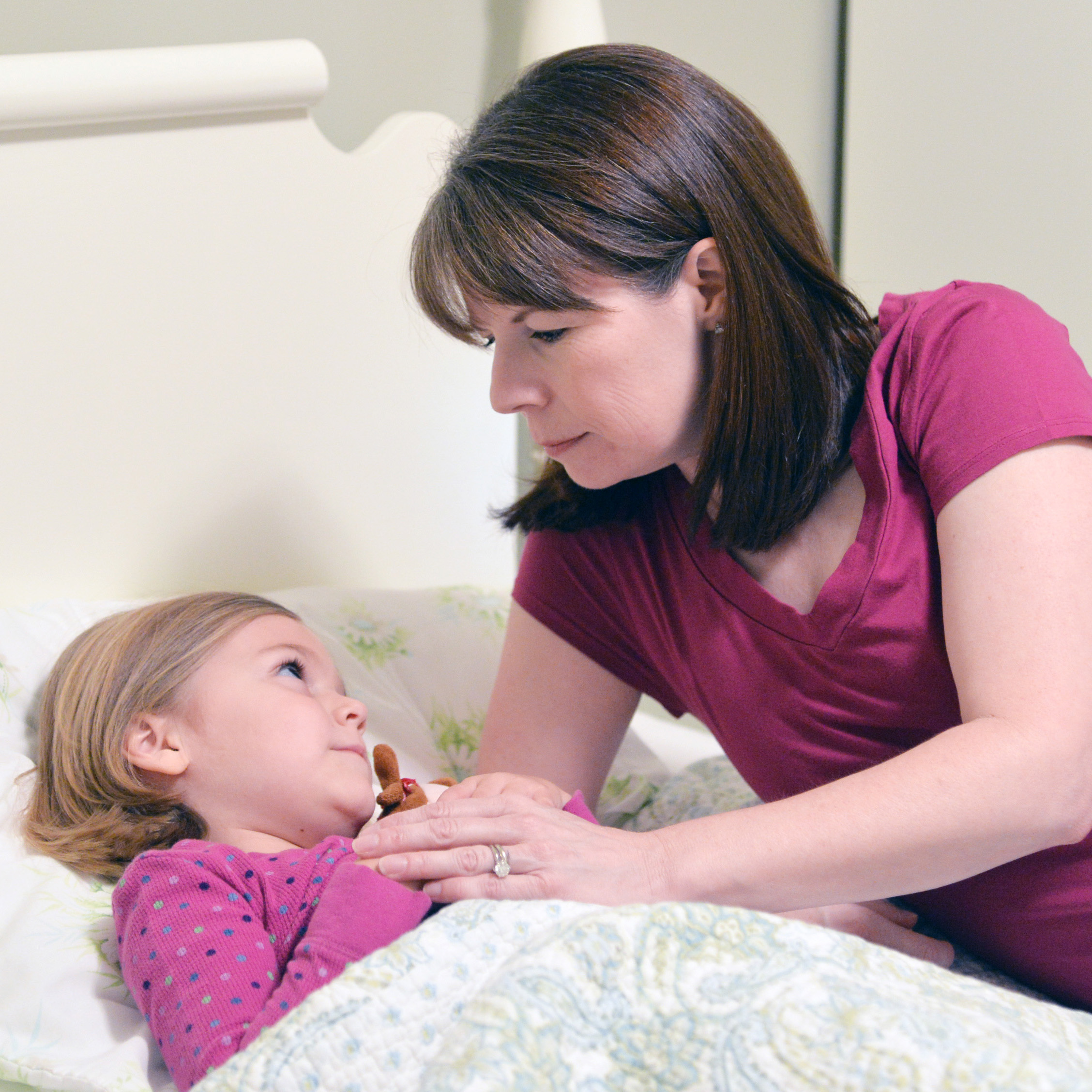Pink eye is common among pre-school and school-aged children. A pediatrician shares the answers to parents’ most commonly asked questions.
Our office frequently receives calls from concerned parents about their children’s exposure to pink eye. Here are seven commonly asked questions:
What is pink eye?
The medical term for pink eye is conjunctivitis, a very common illness affecting many children of pre-school and school age. Symptoms include redness of the white part of the eye, drainage that may be clear, crusty or goopy and green, and sometimes itching. The eyelids may be pink and swollen. Pain is usually NOT a symptom of conjunctivitis. Vision should be normal and your child’s eyes should move side to side and up and down without difficulty.
What causes pink eye?
Most pink eye is caused by infections, either bacterial or viral. Bacterial infections most often affect both eyes and occur in younger children. These infections cause lots of thick, green or crusty drainage. Your child’s eyelashes may be matted together when waking in the morning or after a nap. Some children with bacterial pink eye also will have an ear infection at the same time. Viruses may also cause pink eye; these infections are associated with clear or watery drainage, tend to affect older children, and may be accompanied by a severe sore throat. Non-infectious causes include allergies, a scratch on the cornea or a “foreign body” such as sand or debris in the eye. Allergic conjunctivitis is often associated with sneezing, runny nose and itching and typically occurs during the spring or fall. A scratch on the cornea (corneal abrasion) or debris in the eye affects only one eye, is preceded by trauma, and usually causes significant pain, watery drainage and sensitivity to light.
How is pink eye treated?
Bacterial conjunctivitis is treated with antibiotics. We typically recommend antibiotic ointments because they are a bit easier to get in the eyes (really!) and they stay in the eyes longer. Most ointments do not cause pain or stinging. Sometimes antibiotic drops are preferred. For children who also have an ear infection, oral antibiotics may be necessary to clear up both the eye infection and ear infection. Viral conjunctivitis (like most other viral infections) does not need specific treatment; it will clear up on its own. Allergic conjunctivitis may be treated with oral antihistamines or eye drops depending on the severity of symptoms. If a corneal abrasion or debris in the eye is suspected, it’s important to take your child to his or her doctor to have this evaluated and treated.
What can I do at home to help with symptoms?
Wipe away the drainage from around your child’s eyes with a clean, warm, damp washcloth. You may need to hold the cloth over her eyes for a few seconds to help remove thicker crust sometimes found after sleep. Of course, wash your hands very well after touching the drainage.
When do we need to see a doctor?
Pink eye in a newborn should be evaluated by a doctor (see below). Pink eye accompanied by fever or ear pain should prompt you to schedule an office visit with your pediatrician. We generally recommend an office visit for any child under age 2 years with symptoms of pink eye because we want to check for an ear infection. For older children with symptoms of bacterial conjunctivitis, call your doctor’s office during regular office hours to discuss treatment options. If your child has red eyes and pain with eye movements, protrusion of the eyeball, high fever or it was preceded by any injury, you should contact your doctor right away. If your child is being treated for conjunctivitis and the infection is not improving after a few days, give your doctor a call.
What about pink eye in a newborn baby?
Pink eye in a newborn infant (up to 2 months of age) should be evaluated by your child’s doctor. It may be due to something as simple as a blocked tear duct, which will likely get better over time. However, it may be due to a serious infection that could cause eye damage if not treated.
Can pink eye be prevented?
Although I’m sure families get tired of hearing this, good hand washing is the answer! Also teach your children to avoid touching their eyes (as well as the nose and mouth) since this is where many infections enter our bodies. At home, if someone in the family has pink eye, be sure this person has her own washcloth and towels in the bathroom to prevent spread of infection through the contagious drainage. Your child may return to childcare or school when the drainage is completely gone.
Rachel Lenox Mace, M.D., is a general pediatrician with the University Pediatrics practice at Vanderbilt Health at One Hundred Oaks. She is the mother of 3 children and enjoys cooking and reading.

Vanderbilt’s Children’s After-Hours Clinics offer the convenience of a walk-in clinic with care provided by a board-certified pediatrician from Children’s Hospital. No appointment is necessary, but we recommend calling your pediatrician first. Learn more about services and find locations for Children’s Hospital After Hours Clinic locations.

